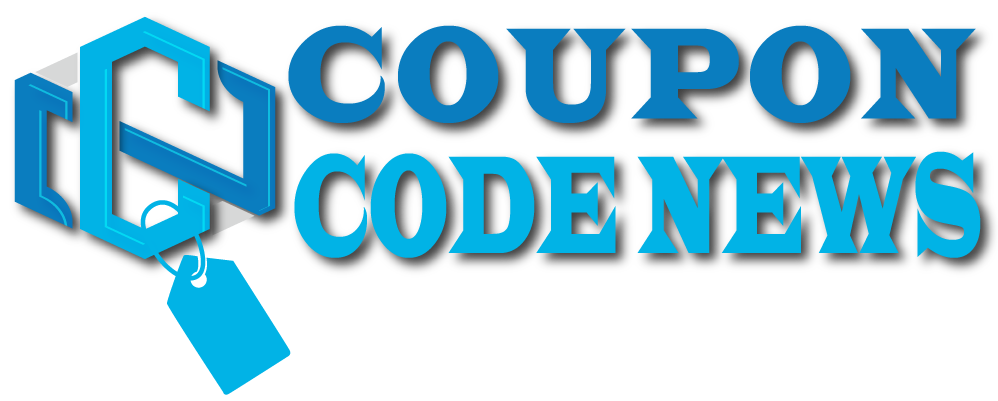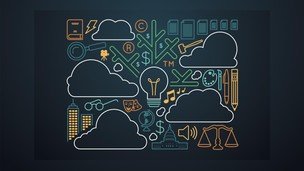Step by step breakdown of the SaaS business model | Discover the top SaaS metrics and Marketing strategies for your SaaS
Summary
The provided data outlines an online course designed to educate individuals about the Software as a Service (SaaS) business model. The course promises to cover several key areas, including the distinctions between different types of SaaS models, essential business metrics, and effective marketing strategies tailored for SaaS companies.
Key Learning Outcomes
- Differences Between B2C and B2B SaaS: Participants will learn how Business-to-Consumer (B2C) SaaS differs from Business-to-Business (B2B) SaaS, which likely includes variations in customer base, sales cycles, and product customization.
- Vertical vs. Horizontal SaaS: The course will explain the differences between Vertical SaaS (industry-specific solutions) and Horizontal SaaS (broadly applicable across industries).
- Essential SaaS Metrics: Attendees will gain insights into crucial business metrics such as Lifetime Value (LTV) and Customer Acquisition Cost (CAC) that are vital for profitable growth.
- SaaS Marketing Strategies: The program will cover top marketing strategies aimed at promoting SaaS products efficiently while keeping CAC low.
Course Requirements
No prior experience or specific skills are required to enroll in this course, making it accessible to a wide audience, from beginners to seasoned professionals looking to deepen their understanding of SaaS.
Description and Benefits of SaaS
SaaS is a cloud-based service model where users access software applications via an internet browser rather than installing them on local devices. This model offers several advantages:
- Accessibility: Users can access the software from any device with an internet connection.
- Compatibility: SaaS solutions typically work across various devices and operating systems.
- Operational Management: SaaS providers handle maintenance and updates.
- Lower Upfront Costs: SaaS eliminates the need for significant initial investments, making it attractive for smaller businesses and startups.
Despite these benefits, a major drawback is the dependency on a stable internet connection. However, the proliferation of high-speed internet and mobile networks like 5G is mitigating this issue. Some SaaS applications also offer offline functionality.
Industry Growth and Adoption
The SaaS industry is rapidly expanding:
- 38% of companies report running almost entirely on SaaS.
- 73% of businesses planned to transition all systems to SaaS by 2020.
- SaaS spending is projected to double, according to Blissfully.
- 86% of SaaS users report higher employee engagement.
- North America leads in SaaS adoption.
Target Audience
The course is intended for various stakeholders within the SaaS ecosystem, including:
- SaaS business operators
- Entrepreneurs
- Marketing experts
- Online marketers
- Home business owners
Course Content
The course is structured into three sections comprising eleven lectures, totaling approximately 55 minutes. Topics include:
- Introduction to SaaS
- Explanation of the SaaS business model
- Pros and cons of SaaS
- Comparisons of B2B vs. B2C and Vertical vs. Horizontal SaaS
- Personal experiences and case studies
- Marketing strategies such as the Freemium model
- Techniques to reduce CAC and extend LTV
- Methods to minimize churn rate
This comprehensive course aims to provide a deep understanding of the SaaS business model, offering practical insights and strategies to foster successful SaaS ventures.
What You’ll Learn
- Learn the differences between a B2C SaaS and B2B SaaS
Requirements
-
No prior experience or skill required for taking this online course.
Description
Software as a Service, also know as SaaS, is a cloud-based service where instead of downloading software your desktop PC or business network to run and update, you instead access an application via an internet browser. The software application could be anything from office software to unified communications among a wide range of other business apps that are available.
This offers a variety of advantages and disadvantages. Key advantages of SaaS includes accessibility, compatibility, and operational management. Additionally, SaaS models offer lower upfront costs than traditional software download and installation, making them more available to a wider range of businesses, making it easier for smaller companies to disrupt existing markets while empowering suppliers.
The major disadvantage of SaaS applications is that they ordinarily require an internet connection to function. However, the increasing wide availability of broadband deals and high-speed phone networks such as 5G makes this less of an issue. Additionally, some SaaS applications have an offline mode that allows basic functionality.
There is no question, the SaaS industry is growing globally and across platforms.
- 38% of companies say that they are running almost completely on SaaS.
- 73% of businesses plan to make all their systems SaaS by 2020.
- Based on projections by Blissfully, SaaS spending across companies of all sizes will double by 2020.
- 86% of businesses that use SaaS significantly experience relatively higher employee engagement.
- North America is the most mature SaaS market in terms of adoption
Who this course is for
- SaaS Business
- SaaS entrepreneurs
- SaaS Marketing Experts
- SaaS Online Marketers
- Home Business owners










